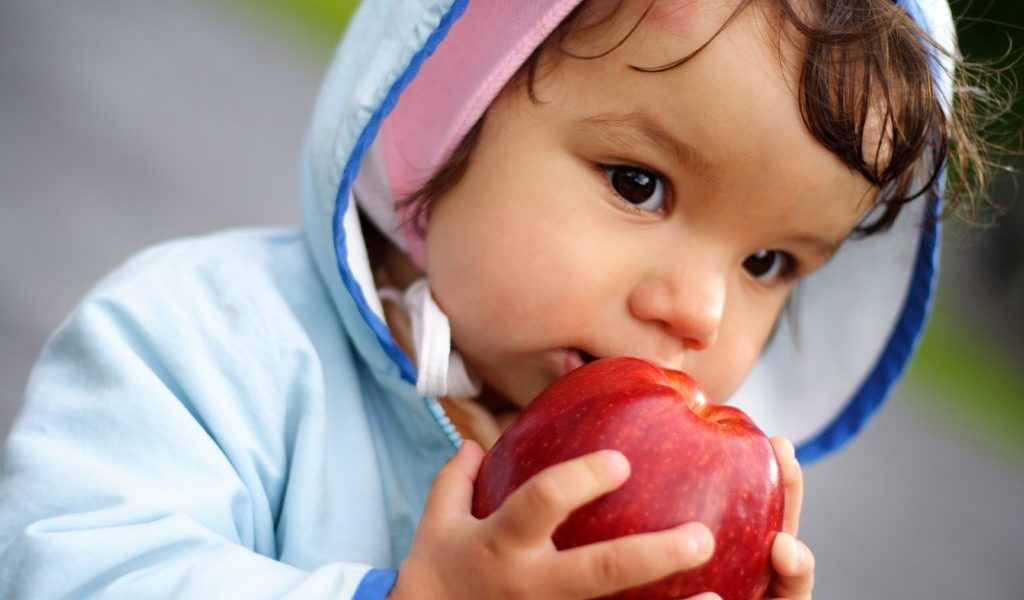By Nick Reynolds
Casper Star-Tribune
Via- Wyoming News Exchange

CASPER — Vital social services like childcare assistance and the supplemental nutrition assistance program, or SNAP, are experiencing growing pressures in the wake of the COVID-19 pandemic, Department of Family Services Director Korin Schmidt told lawmakers recently, likely requiring additional state dollars to match rising demand statewide.
According to figures presented to the Joint Committee on Labor, Health and Social Services, family enrollment in programs like SNAP, which provides food to needy families, experienced sharp increases between the months of March and April that will likely continue into the summer.
Plans are in motion to help mitigate those problems. A number of measures implemented by the United States Department of Agriculture have increased the flexibility of the program in recent months and, more recently, First Lady Jennie Gordon’s office has helped to organize tens of thousands of dollars to help feed young people around the state. However, the overall number of SNAP recipients has risen sharply while the number of households receiving those benefits have remained relatively stable, indicating that demand is growing among full families as well as individuals.
“The far-reaching health and economic effects of COVID-19 and widespread business closures to limit its spread have made it even more difficult for many low-income households to afford food, given how many have lost jobs and income and still have bills to pay,” Jennifer Simon, the executive director of the Wyoming Women’s Action Network and senior policy adviser at the Equality State Policy Center, wrote in an email. “Part of what this crisis has revealed are the gaps in our current system and the degree to which our school system provided some relief for gaps in the current system — namely around food security. More children than we realized got more nutrition than we realized during the school day from their schools.”
Those gaps could be a sign of other problems in the state. A federal block grant for cost-burdened parents to help cover child care services is likely to run out sometime in the coming months as more individuals qualify for assistance, leaving the state to cover the anticipated $17.4 million tab to maintain the program’s existing capacity.
Without those dollars, Schmidt said, the Department of Family Services may have to impose a wait list for those services, which are relied on primarily by parents who are working or in school and cannot afford child care on their own.
And the net for those who could qualify is a wide one. According to state unemployment data, more than 40 percent of all job losses in Wyoming over the past month comprise those in the leisure and hospitality sectors, where wages can range from the low 20s to the high 30s, according to Bureau of Labor Statistics estimates from 2019.
Many of those sectors – a critical piece of Wyoming’s tourism industry – also boast disproportionately high levels of female employment, particularly in food service and lodging industries. According to figures compiled by the Wyoming Women’s Foundation, women make up 75 percent of all minimum wage employment in Wyoming and are, statistically, more likely to stay home when a child is sick or unable to attend school.
The high number of child care facilities across the state that have remained shuttered during the crisis could have greater impacts to the state’s economy as well. Between March and April, nationally, approximately 336,000
“What this means is that the labor force participation of mothers, in particular, is likely to suffer,” Simon wrote. “And that’s coming at a time when Wyoming’s economy really needs the contributions of women as well as men.”






